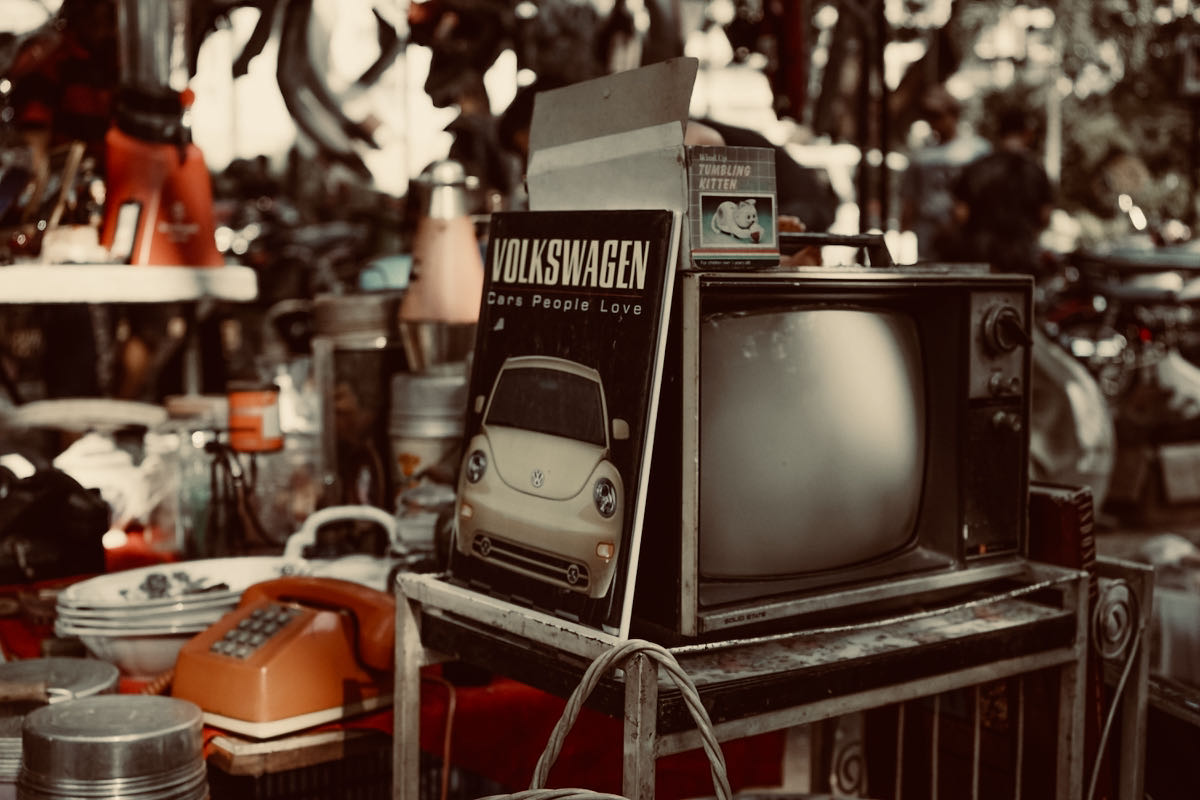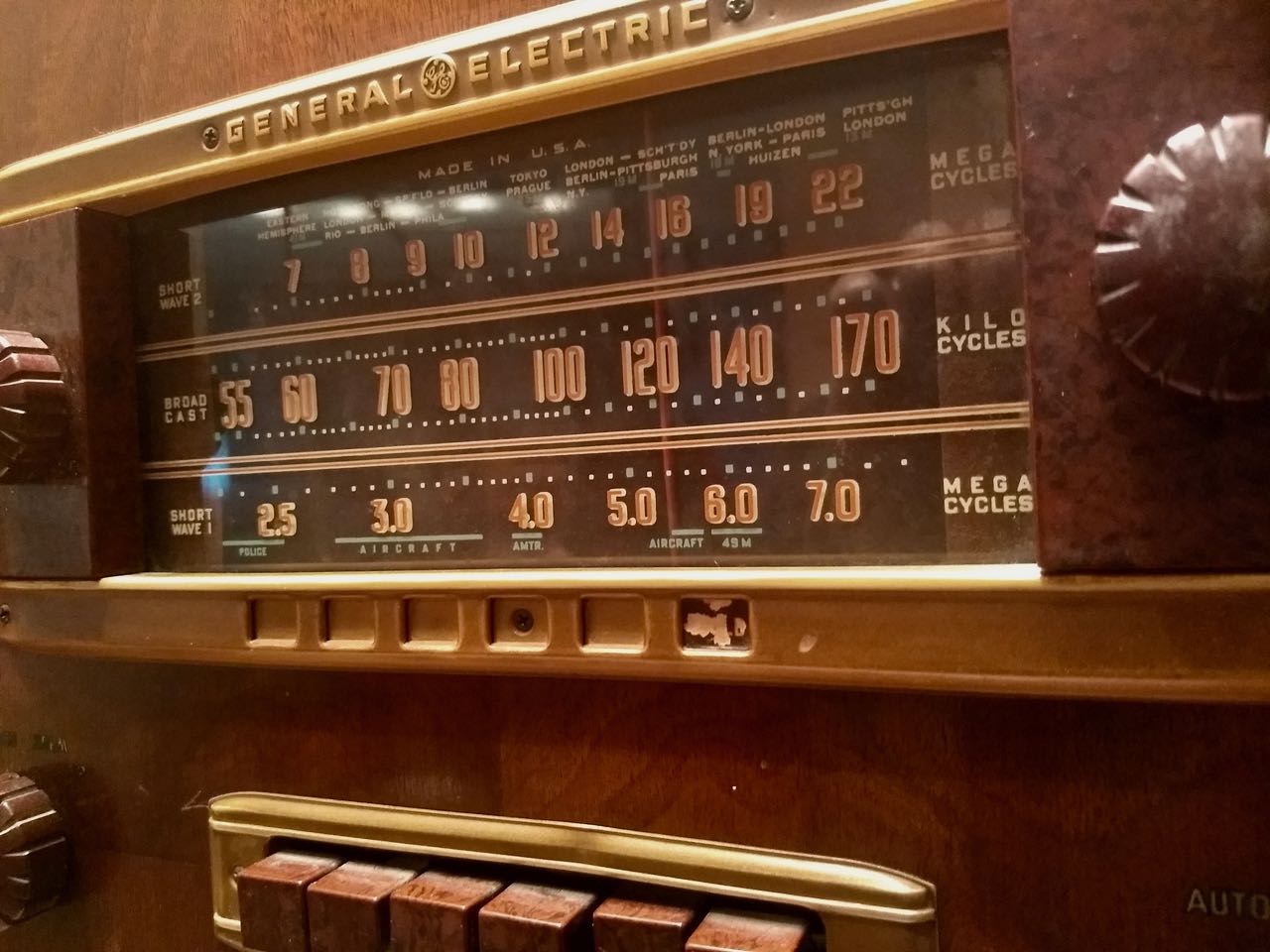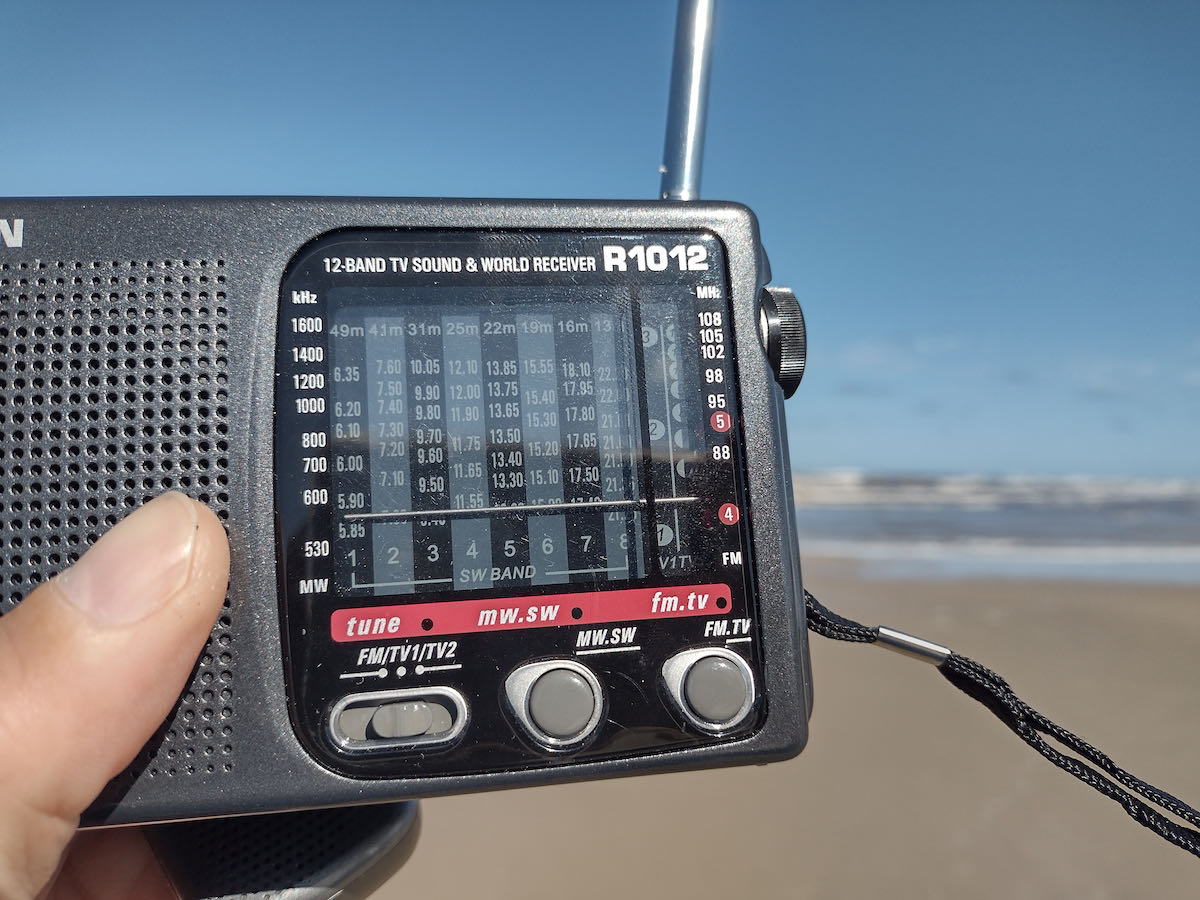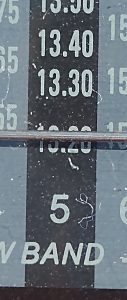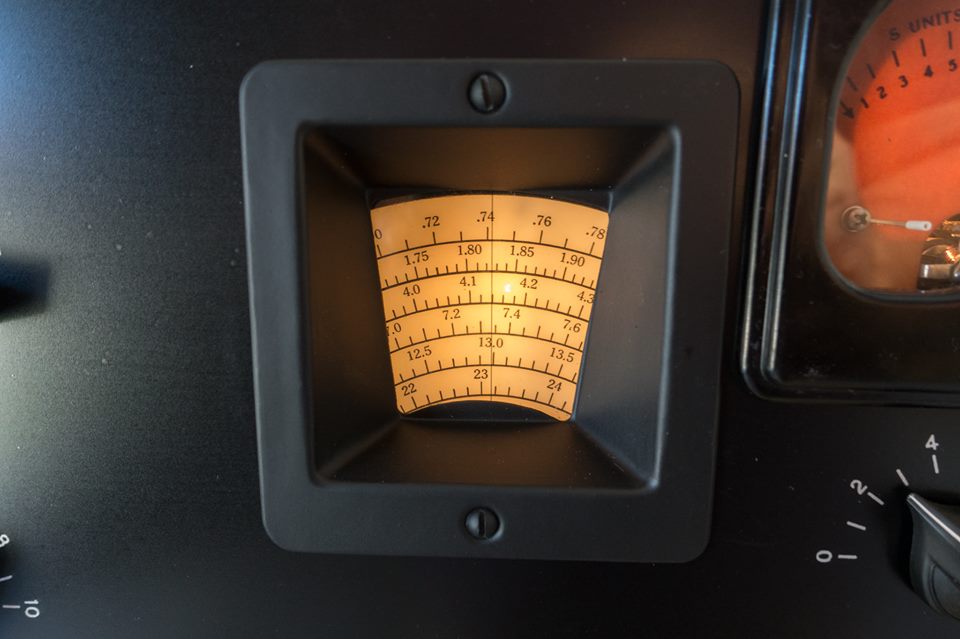Many thanks to SWLing Post contributor, Jock Elliott, who shares the following guest post:
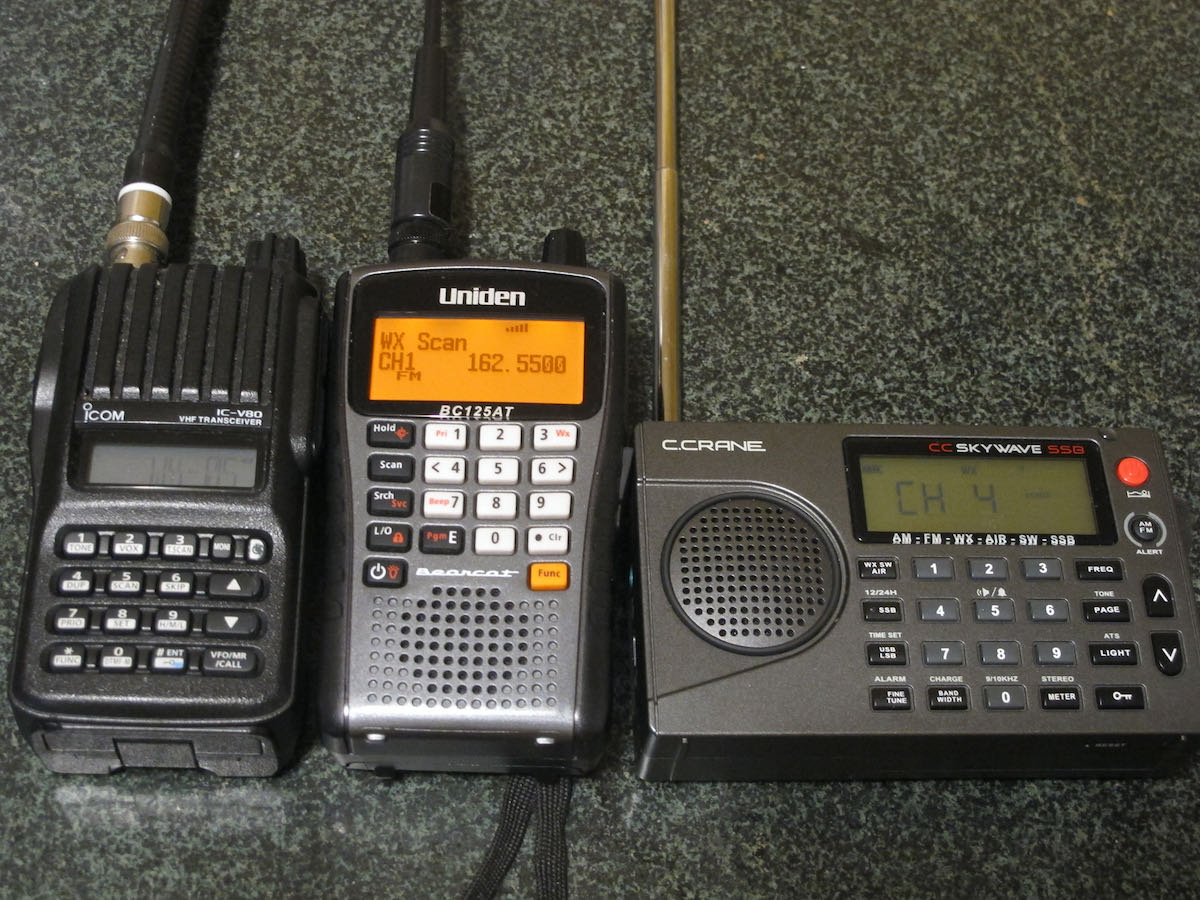
Perhaps the ultimate radio nerd story . . .
by Jock Elliott (KB2GOM)
Perhaps I am the only guy on planet earth with a “kinda” interest in DXing NOAA weather radio, but there you have it, and this led me down an interesting rabbit hole in the world of radio.
Earlier this year, I found myself in Sodus, NY, in the western part of the state, near the shores of Lake Ontario. I had with me the following: an Icom V80 2-meter handy-talkie with a sharply tuned commercial antenna that works great on my home repeater (146.94) in Troy, NY; a Uniden BC125AT scanner with a Diamond 77 antenna, and a CCrane Skywave SSB. All receive the NOAA weather channels.
In the early morning, I checked www.wunderground.com for weather in the Sodus area. Snow was expected overnight. So I grab the Uniden 125AT, activate the weather scan function, and found that it received NOAA weather radio channels 1, 2, and 3, and the audio sounded great through my headphones. I tried stepping through the weather radio channels on my Icom V80 and found that it received channels 1, 2, and 3, but with just a wee bit of static in the background. I tried switching the antennas between the 125AT and the V80, and there was no appreciable difference.
Now, here’s the interesting part: I tried the same trick on the CCrane Skywave SSB with its telescoping whip fully extended, and it received weather channel 1 just fine with excellent audio through the headphones. But channel 2 was way down in the soup, a hair above “barely audible.” I tried waving the Skywave around, point the whip antenna in different directions and orientations to see if I could improve the signal. I succeeded only in nulling it out. Weather radio channel 3 was not audible at all, but channel 4 was coming in well, and so was channel 7 . . . and the other two radios were not receiving channels 4 and 7 at all.
Frankly, I didn’t know what to make of this. To be clear, I was able to hear that forecast that I needed to hear — for Wayne County, NY — on all three radios. But why would there be such a stark difference between the CCrane Skywave SSB and the other two radios?
At this point, I was really curious what the answer might be.
The V80 and the 125AT “agreed” with each; both were receiving NOAA weather radio channels 1, 2, 3. The CCrane Skywave SSB appeared to be the anomaly, receiving channels 1, 2 (barely), and 4 and 7, which the V80 and 125AT did not receive.
Continue reading →
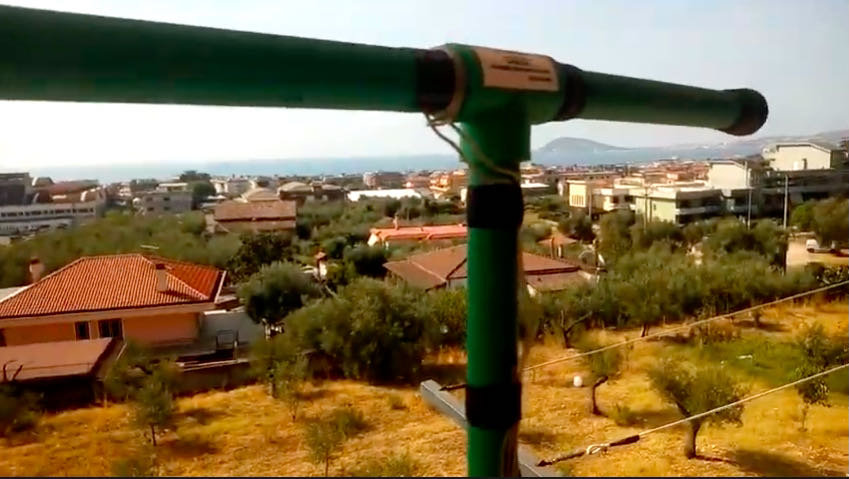 Many thanks to SWLing Post contributor, Giuseppe Morlè (IZ0GZW), who shares the following:
Many thanks to SWLing Post contributor, Giuseppe Morlè (IZ0GZW), who shares the following:
